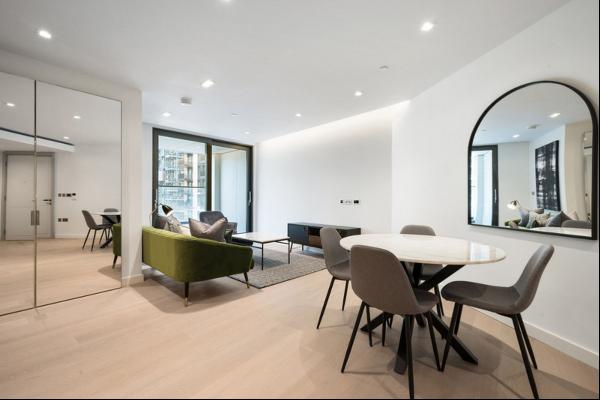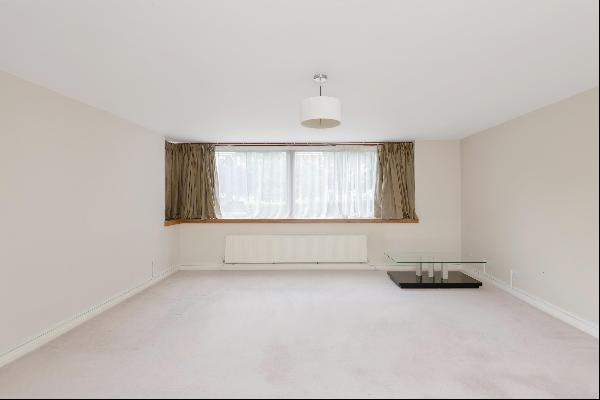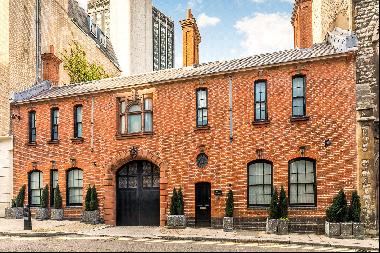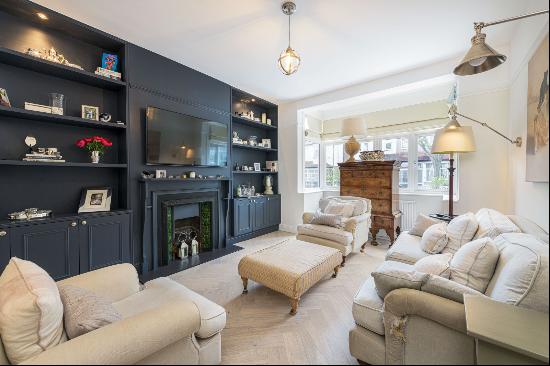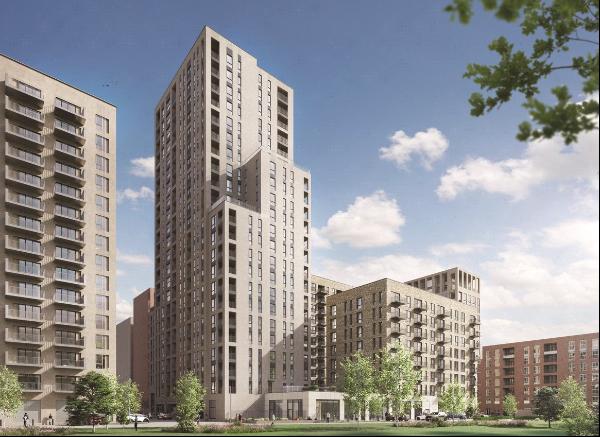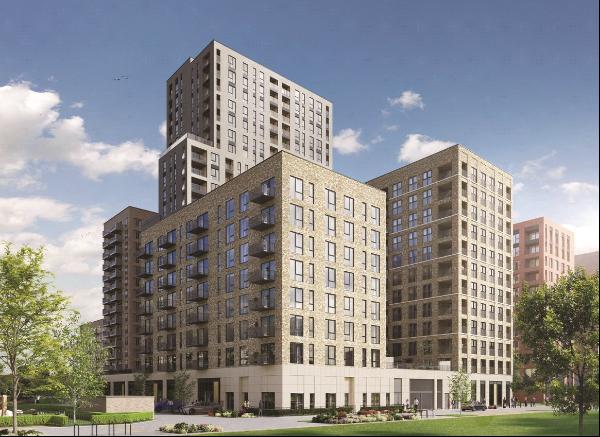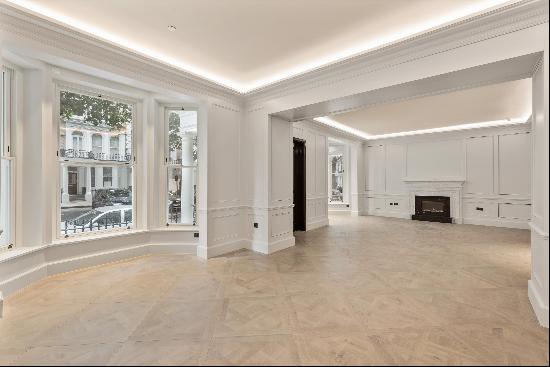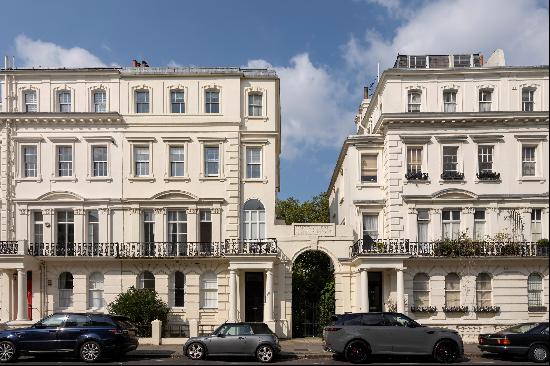
By Jennifer Jasmine White
It feels harsh to call Paddington Bear a class traitor. I’m not sure I could say it to his face. Yet I can’t help but wonder how he adapted so quickly to his new home at 32 Windsor Gardens, as it is imagined in the 2014 movie. He’d grown up in a structurally unsound cabin in the Peruvian jungle, then suddenly he was making his home on one of the most expensive streets in London, complete with a kitchen groaning with Le Creuset pans, a study overflowing with books, and not a television to be seen. It’s possible I’m just jealous. The Brown’s family home is the epitome of upper-middle class Englishness, something I guiltily crave. Call it envy, class dysmorphia, or simply a love for pastel frontage, Paddington is living my sash-windowed bourgeois dream.
I often think, wistfully, about the warm glow of the Brown’s kitchen, in which the status symbol essentials (range cooker, Smeg fridge, orange pans) are each perfectly illuminated — but it’s not all about luxury surfaces. Windsor Gardens represents other freedoms that only come from wealth, casually exemplified by messily strewn breakfast foods, and the kind of homely hoarding only permissible in spacious houses. There’s no need for the Browns to subscribe to Mrs Hinch-style cleanliness, they need no guarantor of respectability. Instead, contented clutter is let loose.

Touches of self-conscious eccentricity abound, epitomised by a carousel horse incongruously displayed in the home office of insurance man Mr Brown. I can’t help but pine for these flashes of apparently benevolent outrageousness, demonstrative of the inexplicable tendency for the well-off to incorporate bits of total junk into otherwise perfect décor. It’s all so terribly kooky — and more importantly, it doesn’t need to justify itself to anyone.
“This is wonderful!” Paddington remarks upon arriving. Who can blame him? Despite coming from a contentedly working-class family in the north of England, with only a long line of miners to call my, ahem, forebears, I dream of feeling the same way. A four-bedroom house on Chalcot Crescent in Primrose Hill where the street scenes are filmed will set you back around £4mn. Even if I could one day afford it, no amount of money can buy the kinds of social freedom that the Brown’s home represents.

I’d probably be better suited bunked up with Mrs Bird, the family’s live-in housekeeper, though tragically, when we’re given a dollhouse dissection of the home, her quarters are nowhere to be seen. Where exactly does the poor woman sleep? I wonder, too, if I might be perturbed by the strangely Orientalist decorative touches chosen by the Browns? They’re particularly galling given the film’s fictionalised Notting Hill is so lacking in people of colour, save for the members of a calypso band whose tunes smatter decontextualised Windrush nostalgia throughout. Upon closer inspection, the warm confidence of Windsor Gardens might be built on a fair few political fantasies of its own.
It wouldn’t do forever, then, but isn’t that what fantasies are for? Besides, touches of magic, from the perfectly painted blossom tree that shifts with the seasons, to the seemingly endless supply of mid-century furniture, would keep me hypnotised for a while. Religion is the opium of the people, according to Marx. In my case, Farrow & Ball paint fumes may do the same job.
Photography: Allstar Collection/StudioCanal; LMK Media




